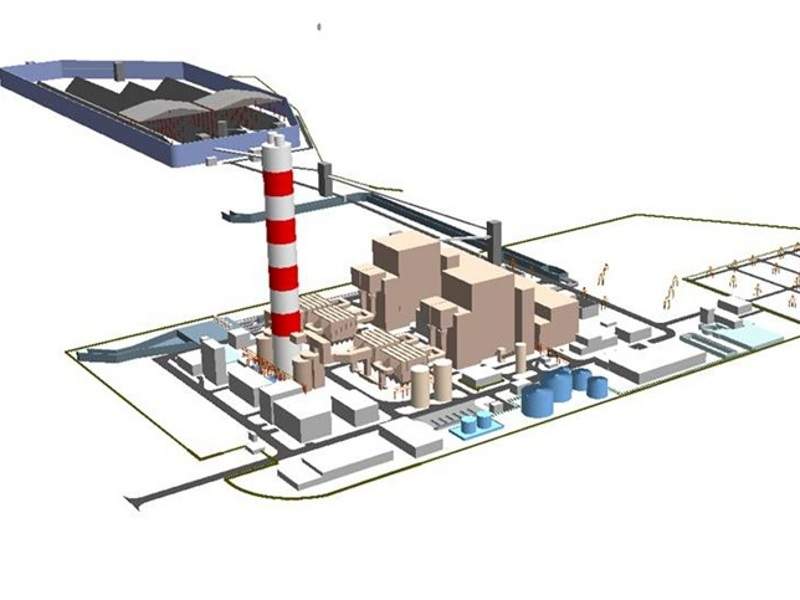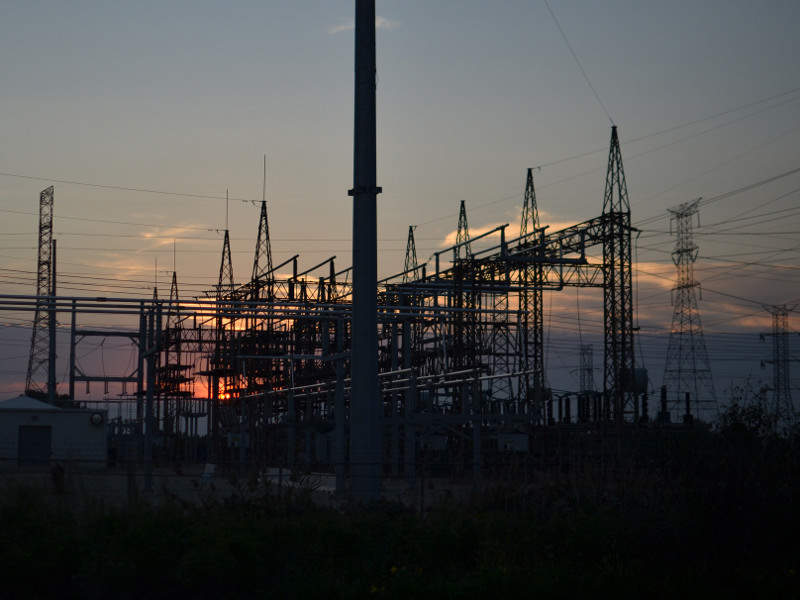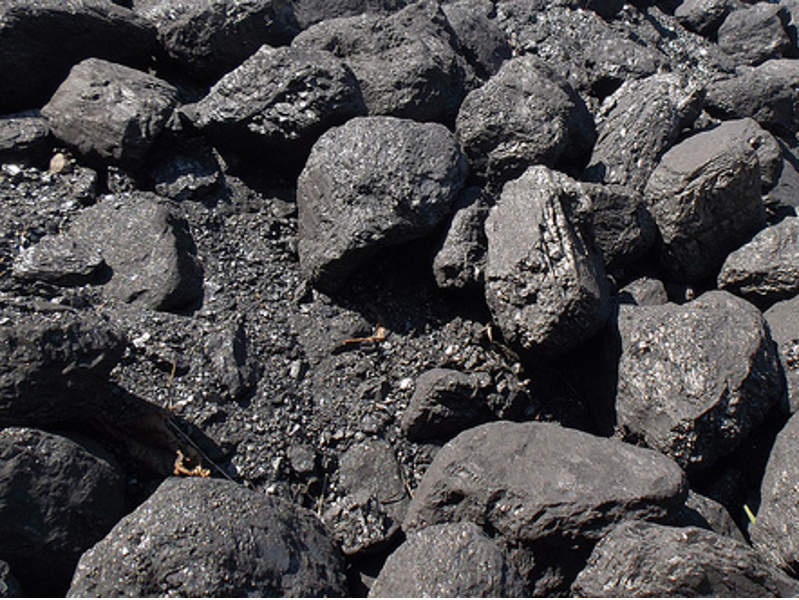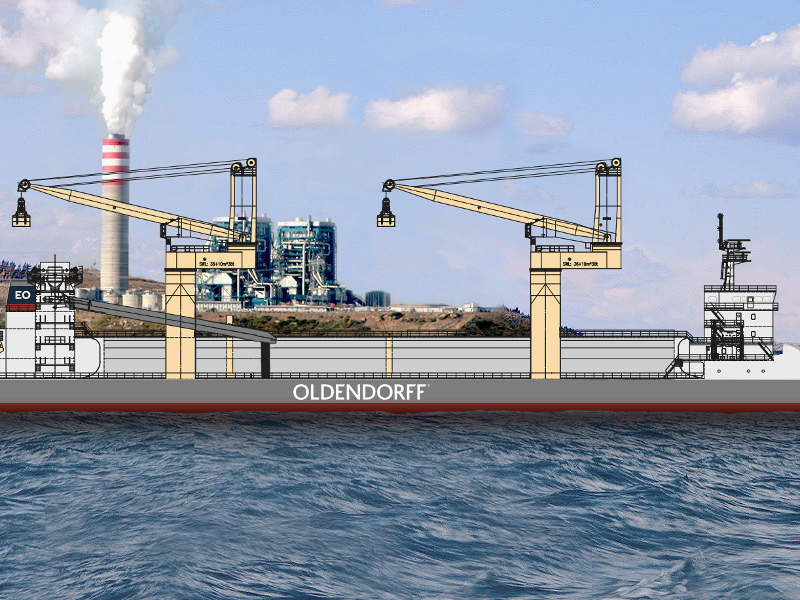Nghi Son 2 thermal power plant is a 1,330MW coal-fired power plant planned to be built next to the existing 600MW Nghi Son 1 power plant located in the Thanh Hoa province of Northern Vietnam.
The new power plant will be built, owned and operated by the special purpose company, Nghi Son 2 Power Limited Liability Company (NS2PC), which is a 50:50 joint venture between Marubeni Corporation and the Korea Electric Power Corporation (KEPCO).
Estimated to cost $2.79bn, the Nghi Son 2 thermal power plant will consist of two super critical coal-fired power generating units.
Construction on the project is scheduled to begin by the end of 2018, while full commissioning is expected in July 2022.
Project Gallery
-

Nghi Son 2 is a 1,330MW coal-fired power plant being developed in Thanh Hoa province, Northern Vietnam. Image courtesy of QuangNgai People's Committee.
-

Nghi Son 2 thermal power plant will be connected to the national power grid through a 500kV line connection. Image courtesy of Michael Kappel.
-

Nghi Son 2 will consume four million tomes of coal a year. Image courtesy of Oatsy40.
-

A 25-year integrated coal transport and transhipment agreement for the power plant was signed with Oldendorff Carriers, in August 2018. Image Courtesy of Oldendorff.
Nghi Son 2 power project development details
The Vietnamese Ministry of Industry and Trade awarded the contract for Nghi Son 2 in March 2013. The environmental impact assessment for the project was completed in February 2015. Financing agreement for the plant was concluded in April 2018.
NS2PC will operate the plant for 25 years before transferring to the state-owned Vietnam Electricity Holding Company (EVN).
Nghi Son 2 is Vietnam’s first large-scale independent power producer (IPP) thermal power project to be developed by foreign companies on build-operate-transfer (BOT) basis.
Nghi Son 2 thermal power plant details
The Nghi Son 2 will comprise two 665MW coal-fired generating units equipped with two supercritical boilers and two high-efficiency steam turbines.
Using supercritical coal power technology, the plant will generate approximately 8,100GWh of electricity a year, which will be enough to power 6.8 million Vietnamese households.
The carbon emissions per unit of electricity to be generated from the new plant will be significantly lesser than those of the existing Nghi Son 1 plant.
Power transmission from Nghi Son 2
The electricity generated from the Nghi Son 2 plant will be evacuated by EVN, through four 50km-long 500kV transmission lines connected to the national power grid.
EVN started the construction of the transmission lines in 2016 and expects to complete it by 2019.
Coal supply and handling for Nghi Son 2 thermal power plant
Nghi Son 2 thermal power plant will consume an estimated four million tonnes of coal a year, which will be imported in capesize bulk carriers mainly from five Indonesian ports - Balikpapan, Samarinda, Adang Bay, Muara Jawa and Muara Berau.
NS2PC signed a 25-year integrated coal transport and transhipment agreement with Oldendorff Carriers, in August 2018. Oldendorff Carriers plans to build two special Transhipment Vessels (TSVs) in China for delivering coal at the NS2PC jetty.
The TSVs will be 145m-long and 34m-wide, and have 8.5m draft. Each TSV will be fitted with two heavy-duty cranes for self-loading of coal from the capesize vessels, and a gravity feed self-unloading system for coal unloading at the NS2PC jetty.
Nghi Son 2 financing
Japan Bank for International Cooperation (JBIC) signed a loan agreement worth $560m for the Nghi Son 2 power plant, in April 2018.
The co-financers for the project include the Export-Import Bank of Korea (KEXIM), Sumitomo Mitsui Banking Corporation, MUFG Bank, Mizuho Bank, Shinsei Bank, Oversea-Chinese Banking Corporation, DBS Bank, and Malayan Banking Berhad.
The total co-financing amount sums up to approximately $1.87bn.
Contractors involved with the Nghi Son 2 thermal power project
Doosan Heavy Industries and Construction (DHIC) is the engineering, procurement and construction (EPC) contractor for the project.
It received an initial payment of $170m from NS2PC in June 2018 to commence the construction.
DHIC subcontracted Mitsubishi Hitachi Power Systems (MHPS) for the supply of steam turbine power generation systems for the Nghi Son-2 thermal power plant, in August 2018.
Nghi Son 1 thermal power plant details
The Nghi Son 1 coal-fired power plant is owned by EVN and is located in the same site in the Nghi Son Economic Zone, approximately 200km south of Hanoi.
The plant was built with an estimated investment of $1.2bn and consists of two 300MW coal-fired units built by Marubeni Corporation.
The plant became fully operational in 2014.
